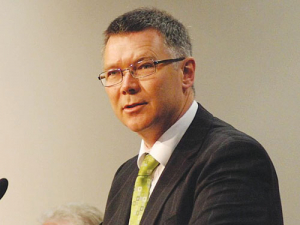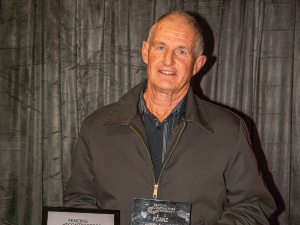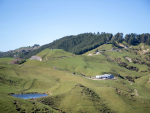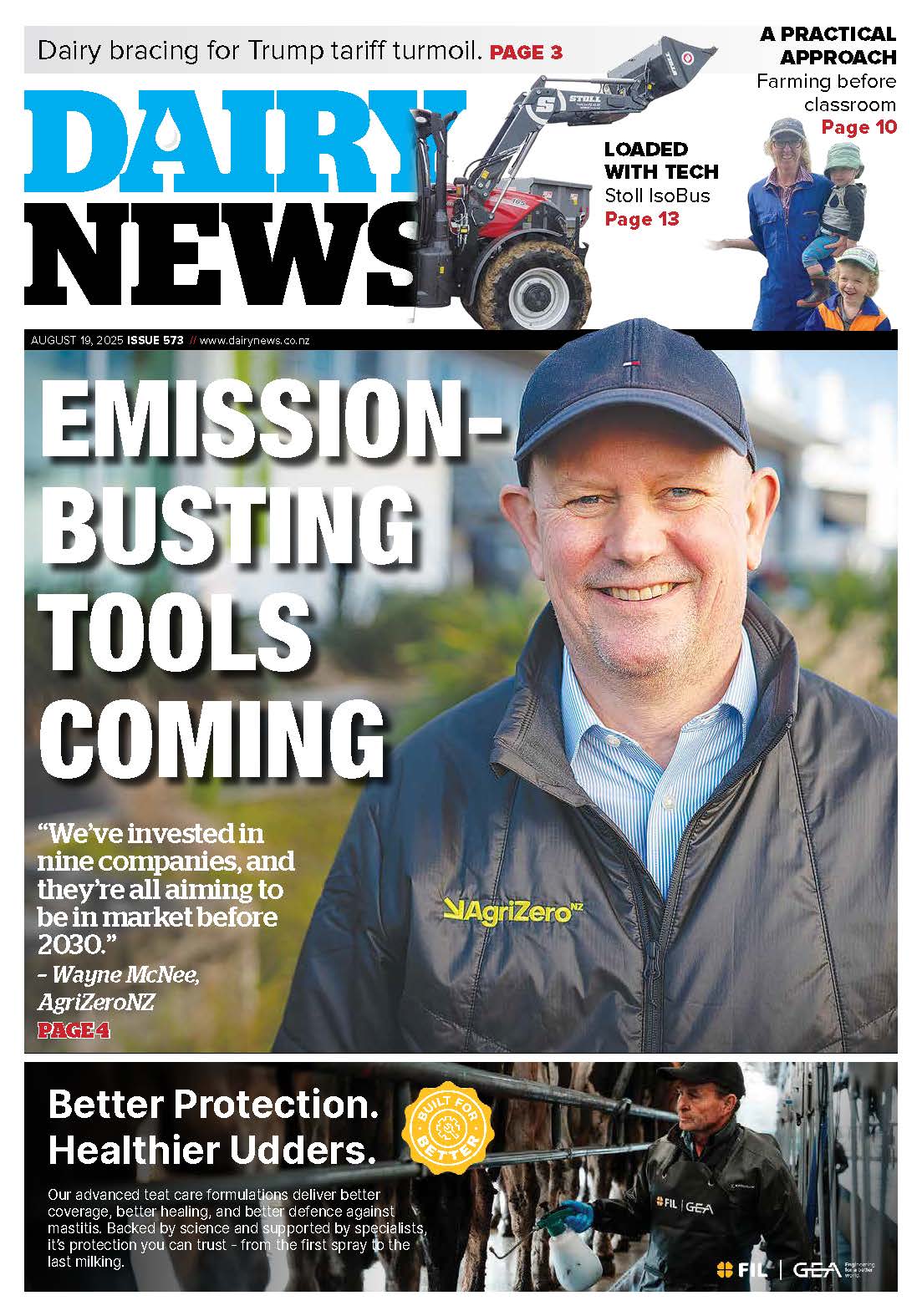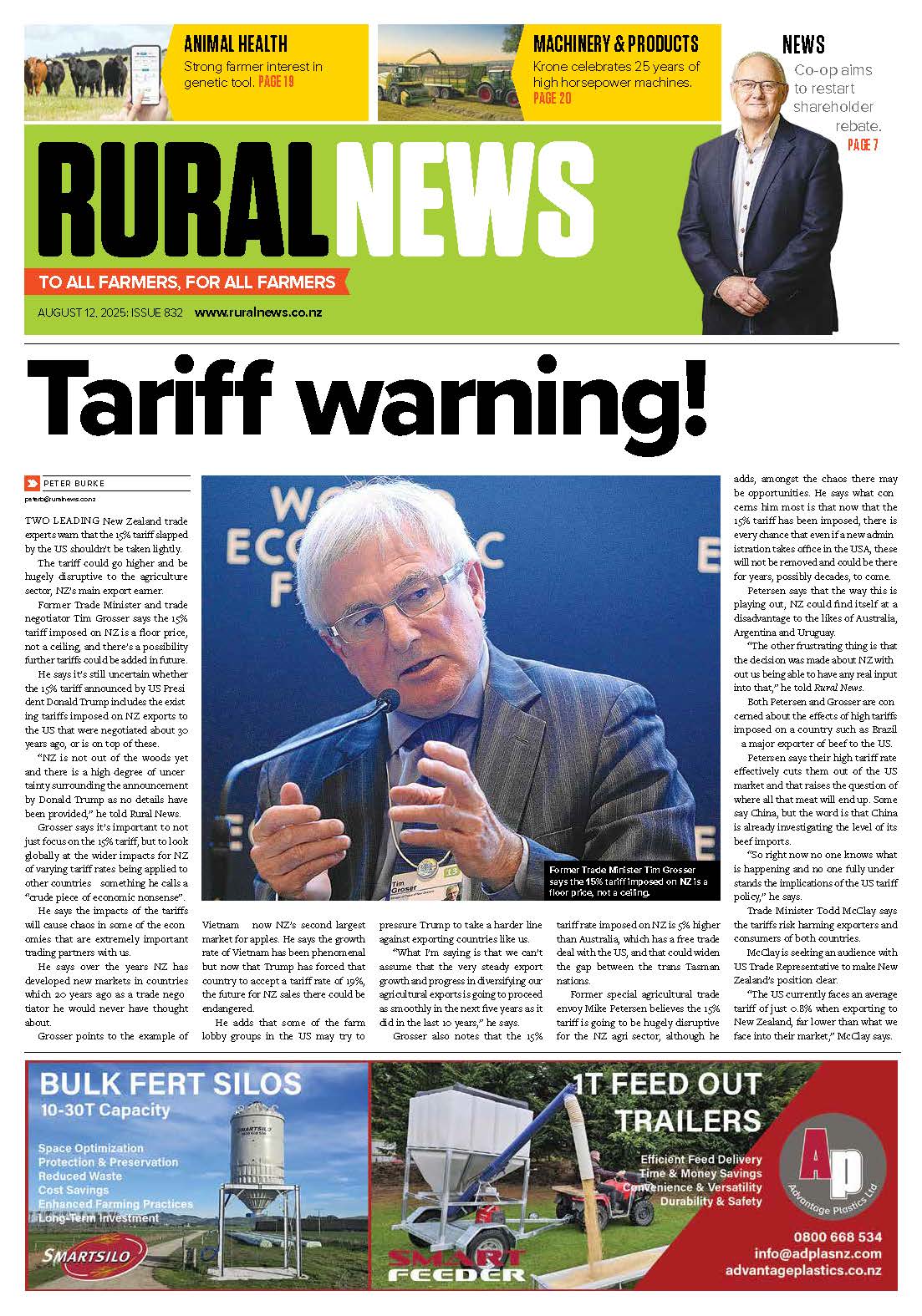The Government wants to ensure there is reward for people who reduce their greenhouse gas emissions, Parker told the Agcarm Summer Conference in Auckland recently.
He says most agricultural emissions will not come under the emissions trading scheme, he says.
“95% of their emissions will free: they will be paid for by others effectively. The 5% being charged will be collected at the processors.
“But we will enable individual farmers who want to opt into the scheme at a farm level to opt in.
“If you have a farmer who opts in with their share of those 95% free emissions, if they reduce their emissions by for example converting to a horticultural land use where there are no ruminant greenhouse gas emissions, they get the financial benefit of that emissions reduction,” he explains.
“That will incentivise the land use change that both reduces greenhouse gas emissions and leads to higher value land uses.”
ASB’s senior rural economist Nathan Penny says climate change and a net carbon economy by 2050 is one policy which will stick – even with a future change in government.
Agriculture will be helped along in the first instance with a subsidy of 95% to begin with, Penny told the conference.
“But once the climate commission meets and makes it recommendations these will start to be enacted,” he says.
“Our view is that these policies are likely to stick even with a change of government.
“There is broad support for climate change policies.
“Although some farmers and the rural sector may not be too keen, given the urban support for climate change policies, even if there was a change of government at the next election we believe climate change policies would be likely to stick long term.”





